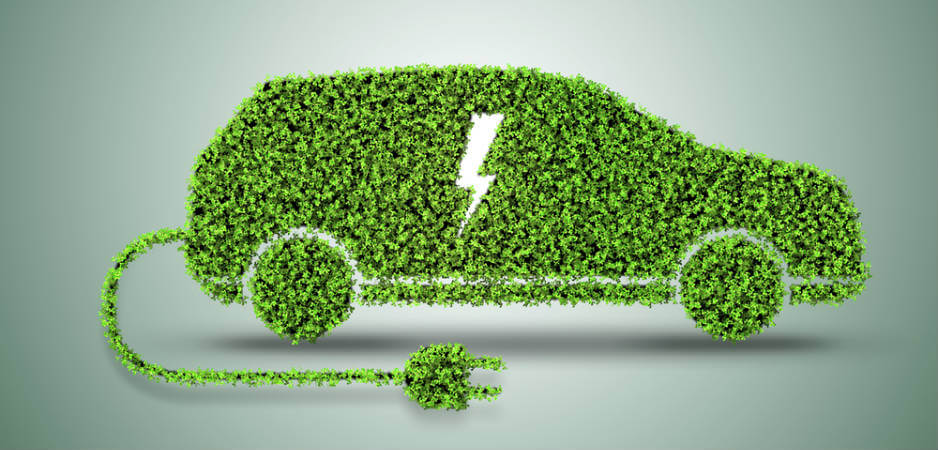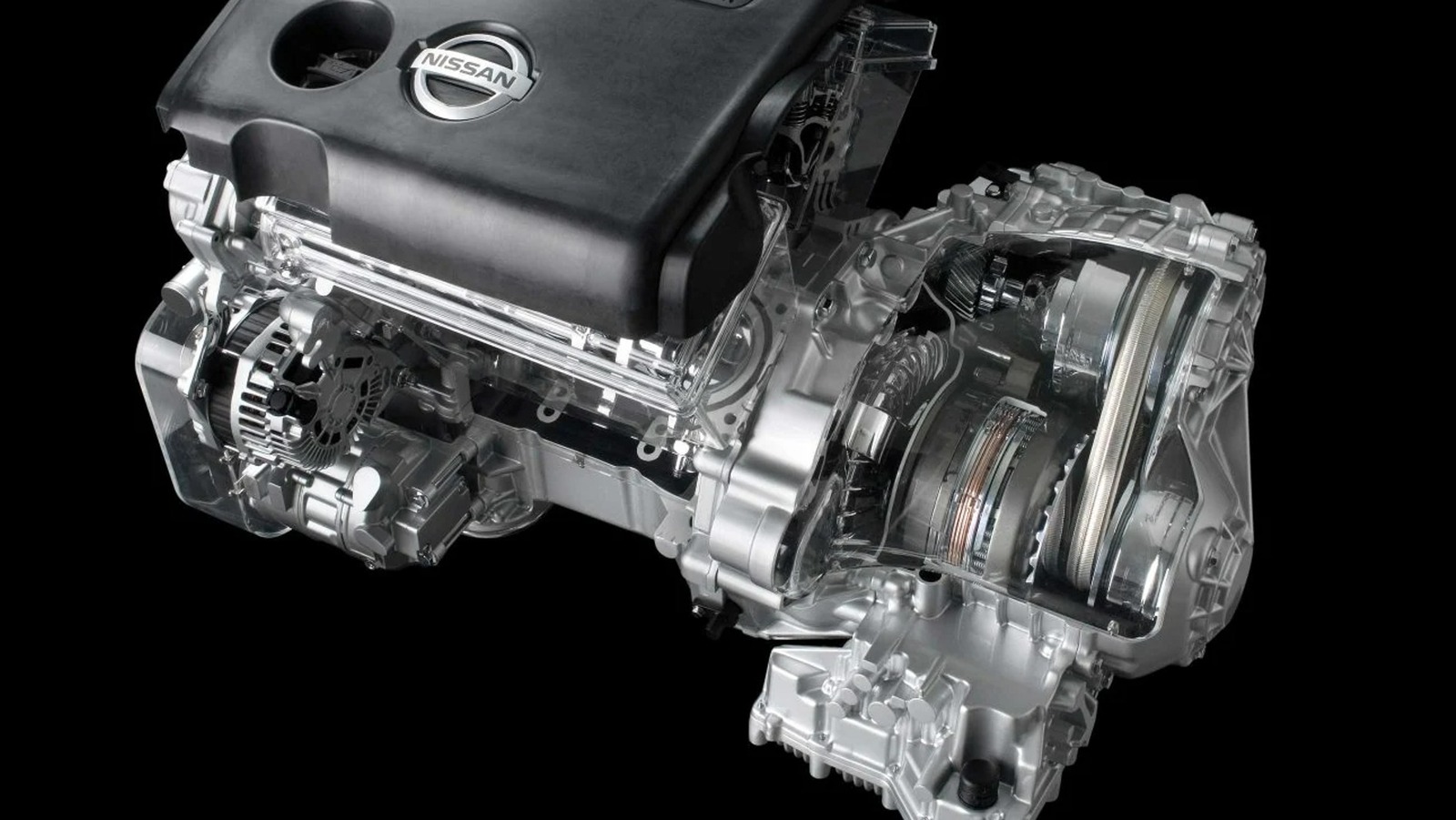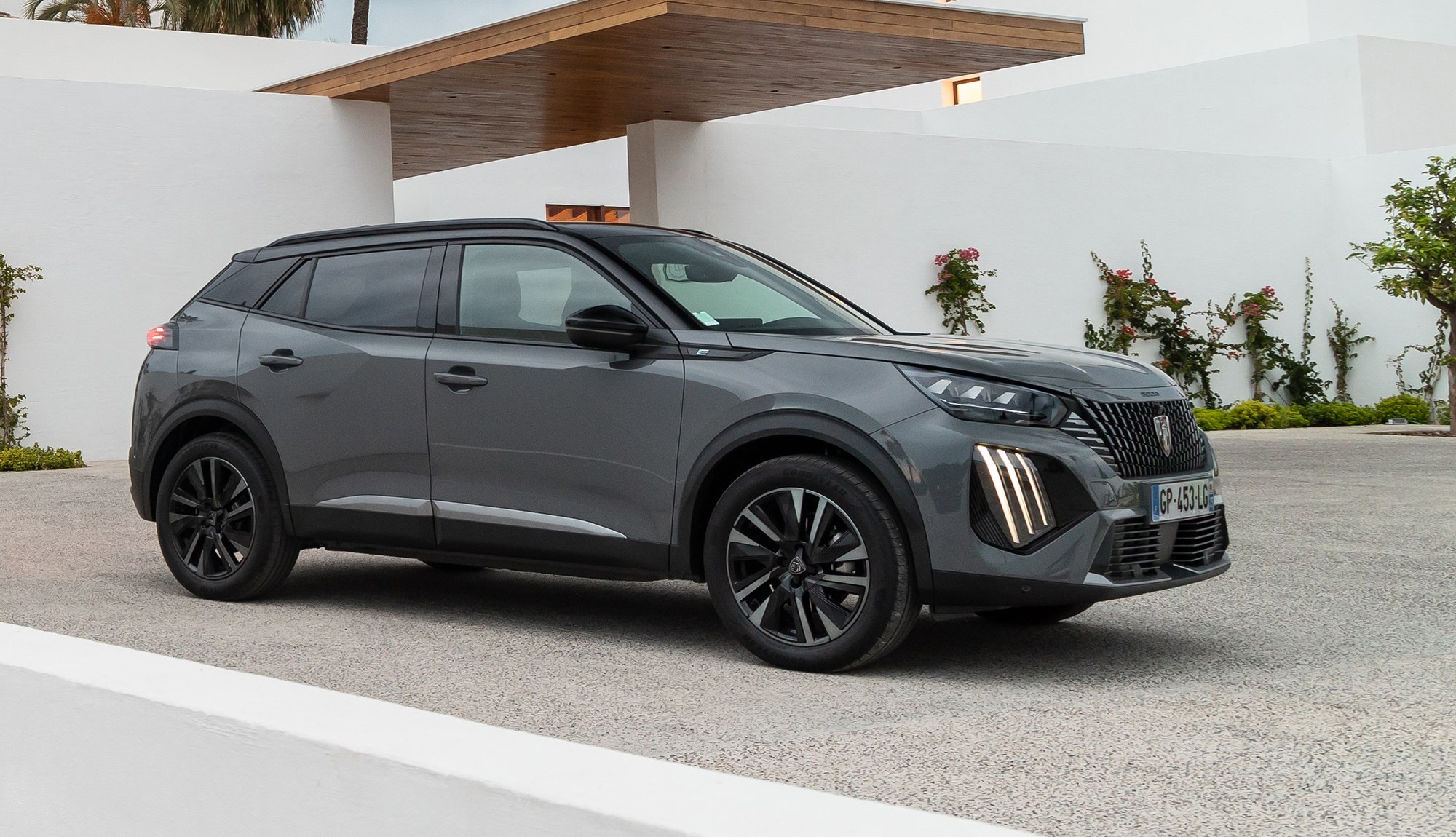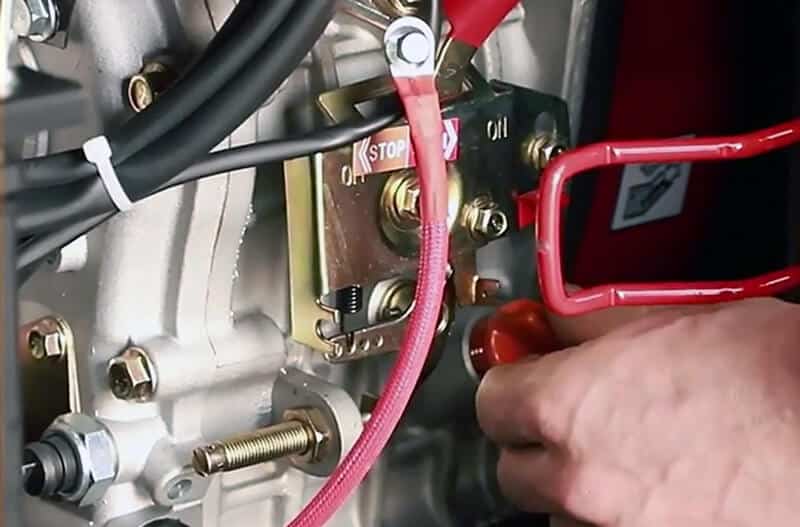The Rise of Green Energy Electric Cars: Driving Change
The Rise of Green Energy Electric Cars: Driving Change the automotive world is witnessing a seismic shift, one that has been brewing for years but is now beginning to reshape the entire industry. Green energy electric cars are taking the world by storm, with electric vehicles (EVs) powered by sustainable energy sources such as wind, solar, and hydroelectric power leading the charge. What was once considered a niche market for eco-conscious individuals is now becoming the future of transportation. This transformation is not only benefiting the environment but is also paving the way for a new era of automotive technology, one where environmental responsibility and innovation go hand in hand.
In this article, we’ll explore the meteoric rise of green energy electric cars, how they’re driving change in the automotive industry, and the broader environmental and societal benefits they bring to the table. From cutting-edge advancements in technology to the growing demand for sustainable transportation, we’ll uncover why these vehicles are becoming the centerpiece of the green revolution.

1. Understanding Green Energy Electric Cars
At its core, a green energy electric car is an electric vehicle that uses renewable energy sources to charge its battery. While traditional EVs rely on the grid, which is still largely powered by fossil fuels, green energy electric cars are designed to use energy that comes from sources such as wind, solar, or hydropower. This makes them not only environmentally friendly in their operation but also in their entire lifecycle—from manufacturing to charging.
Green energy electric cars are typically charged using a network of public and private charging stations that are powered by renewable energy. In some cases, car owners may even have solar panels installed at home to charge their vehicles directly, further reducing their carbon footprint.
The Growing Popularity of EVs
The popularity of green energy electric cars has been steadily increasing, driven by a combination of environmental concerns, economic incentives, and technological advancements. As governments around the world introduce stricter emissions regulations and offer incentives for sustainable transportation, more consumers are turning to electric cars as a viable alternative to traditional gas-powered vehicles.
In addition, automakers are investing heavily in the development of electric vehicles, offering a wider variety of models and improving performance to match the power and convenience of conventional vehicles. With advancements in battery technology, range anxiety—once a major concern—has been alleviated, making EVs more attractive to a broader range of consumers.
2. Environmental Benefits of Green Energy Electric Cars
One of the most compelling reasons to embrace green energy electric cars is the environmental benefits they offer. As climate change becomes an ever-pressing concern, transitioning away from fossil fuels and toward cleaner, renewable energy sources is essential for mitigating environmental damage.
Reduction in Carbon Emissions
The most obvious benefit of electric vehicles is their ability to drastically reduce carbon emissions. Unlike traditional vehicles that rely on gasoline or diesel, electric cars produce zero tailpipe emissions, which means they don’t contribute to air pollution or global warming. This is particularly important in urban areas, where air quality can be a serious problem.
By integrating green energy electric cars into the grid, the overall carbon footprint of the transportation sector can be dramatically reduced. This is especially true when the energy used to charge the vehicles comes from renewable sources, which have a minimal environmental impact compared to coal or natural gas.
Conservation of Natural Resources
Green energy electric cars also help conserve natural resources, particularly oil. The transportation sector is one of the largest consumers of oil, and reducing our dependence on fossil fuels is key to protecting these finite resources. Electric vehicles, by their nature, require far less oil to operate, contributing to a decrease in the demand for petroleum and other non-renewable resources.
Moreover, the growing demand for renewable energy sources is driving innovation in energy production. Solar, wind, and hydropower are becoming increasingly efficient and cost-effective, making them viable alternatives to fossil fuels not just for EVs but for the entire energy grid.
3. Technological Advancements Driving Change
The rise of green energy electric cars is not just about the vehicles themselves; it’s also about the technology that powers them. Innovations in battery technology, energy storage, and charging infrastructure are all playing a crucial role in making electric vehicles more accessible, efficient, and practical for everyday use.
Battery Technology
One of the key areas of advancement in electric vehicles is battery technology. In the early days of electric cars, batteries were bulky, inefficient, and expensive. However, over the years, significant progress has been made in improving energy storage capacity, reducing weight, and lowering costs. Lithium-ion batteries, which are now commonly used in electric vehicles, offer a much higher energy density than earlier battery types, allowing for longer driving ranges and shorter charging times.
Additionally, manufacturers are working on alternative battery technologies such as solid-state batteries, which promise even greater energy efficiency and faster charging capabilities. These advancements are essential for making green energy electric cars more competitive with traditional vehicles and ensuring that they can meet the demands of the modern consumer.
Charging Infrastructure
As the popularity of green energy electric cars continues to rise, so too does the need for robust and reliable charging infrastructure. In the past, the availability of charging stations was a major hurdle for EV adoption, particularly in rural areas or along long-distance travel routes. However, the expansion of charging networks has been a priority for both governments and private companies.
Public charging stations powered by renewable energy sources are becoming more common, and home charging solutions are also improving. For example, homeowners can install solar panels and home battery systems that allow them to charge their EVs with clean energy, reducing their reliance on the grid and further decreasing their carbon footprint.
Fast-charging technologies are also evolving, allowing for quicker refueling times. With the development of ultra-fast charging stations, drivers of green energy electric cars can now charge their vehicles in as little as 20 to 30 minutes, making long-distance travel more convenient and eliminating one of the biggest barriers to widespread EV adoption.
4. The Role of Government Policies
Governments around the world have recognized the importance of green energy and are implementing policies designed to encourage the adoption of green energy electric cars. From tax incentives to stricter emissions standards, these policies are helping to level the playing field for electric vehicles and ensure that they become a viable option for more consumers.
Tax Incentives and Rebates
In many countries, buyers of electric vehicles are eligible for government incentives, which can help offset the higher upfront costs of EVs. These incentives may come in the form of tax credits, rebates, or grants, and they are designed to make EVs more affordable for a larger portion of the population.
For example, in the United States, the federal government offers a tax credit of up to $7,500 for qualified electric vehicles, with additional incentives available at the state and local levels. Similarly, countries in Europe, such as Norway and the Netherlands, offer generous tax rebates and exemptions for EV buyers, further encouraging the shift toward green energy transportation.
Emissions Standards
Governments are also tightening emissions regulations to encourage automakers to produce cleaner vehicles. The European Union, for example, has set ambitious goals for reducing carbon emissions from the transportation sector, with the aim of achieving carbon neutrality by 2050. These regulations are pushing car manufacturers to develop more fuel-efficient and eco-friendly vehicles, with electric cars playing a central role in this transition.
5. Consumer Demand for Sustainability
As consumers become more environmentally conscious, there is an increasing demand for sustainable and eco-friendly products, including cars. Green energy electric cars are seen by many as a way to reduce their carbon footprint and contribute to a cleaner, more sustainable future.
A Shift in Consumer Mindset
Today’s consumers are more informed and more concerned about the environmental impact of their purchasing decisions. Many individuals are actively seeking out products and services that align with their values, and transportation is no exception. Electric cars, particularly those powered by renewable energy, offer a way for consumers to make a positive impact on the environment while also enjoying the benefits of cutting-edge technology.
The Rise of the Eco-Conscious Consumer
The demand for sustainable products is driving innovation across many industries, and the automotive sector is no different. Automakers are increasingly developing green energy electric cars that meet the needs and preferences of eco-conscious consumers. From luxury electric sedans to affordable compact cars, the variety of available models ensures that there is an EV for nearly every type of driver.
6. The Future of Green Energy Electric Cars
The future of green energy electric cars is bright, and the market is poised for significant growth in the coming years. As technological advancements continue to improve battery efficiency, range, and charging times, the barriers to EV adoption will continue to shrink. Additionally, the expansion of charging infrastructure and the adoption of renewable energy sources will make it easier and more convenient for consumers to embrace electric vehicles.
In the long run, green energy electric cars could play a crucial role in achieving global sustainability goals, reducing greenhouse gas emissions, and decreasing our dependence on fossil fuels. With the combined efforts of governments, automakers, and consumers, the transition to a green, electric future is well underway.
Final Thoughts
The rise of green energy electric cars represents a pivotal moment in the fight against climate change. These vehicles are not just changing the way we drive—they are driving a larger transformation in the automotive industry and society as a whole. As advancements in technology continue to break down the barriers to EV adoption, the future of green energy electric cars looks more promising than ever. By embracing sustainable transportation solutions, we can accelerate the shift toward a cleaner, greener, and more sustainable world.







